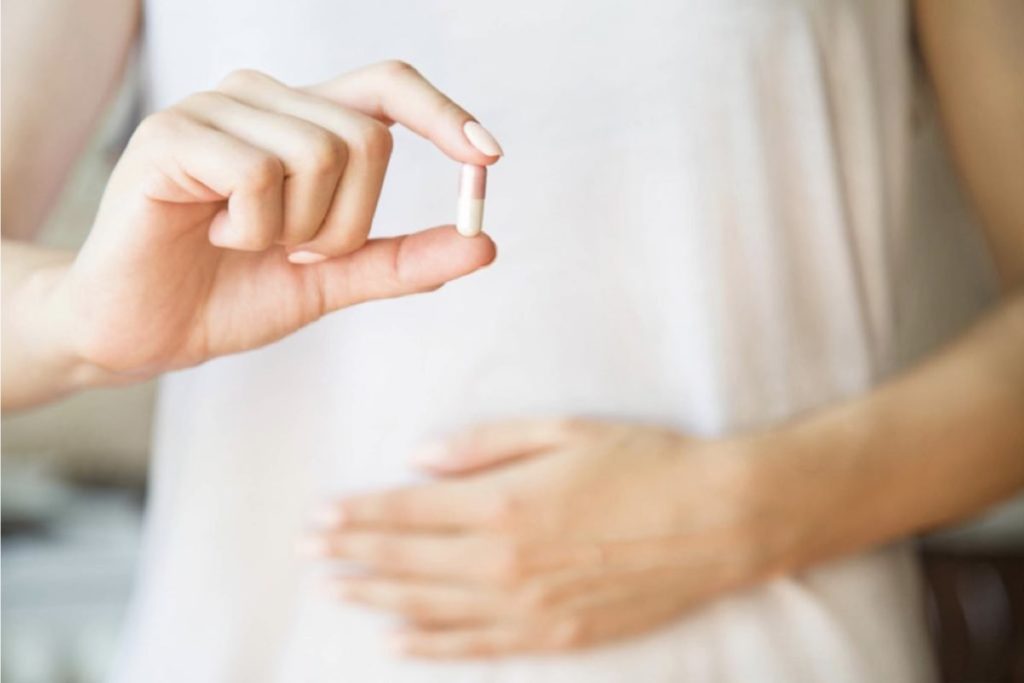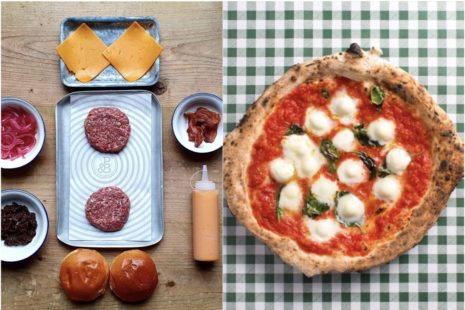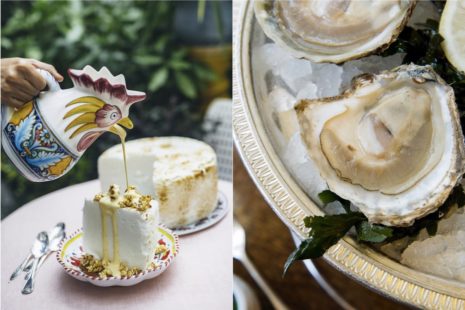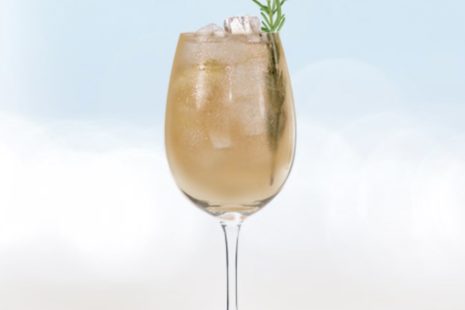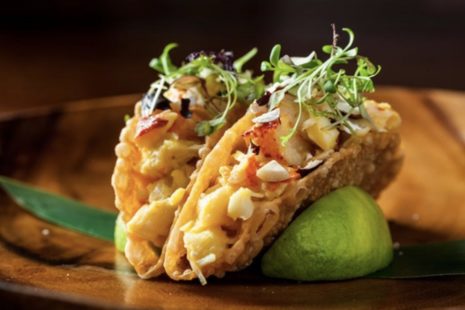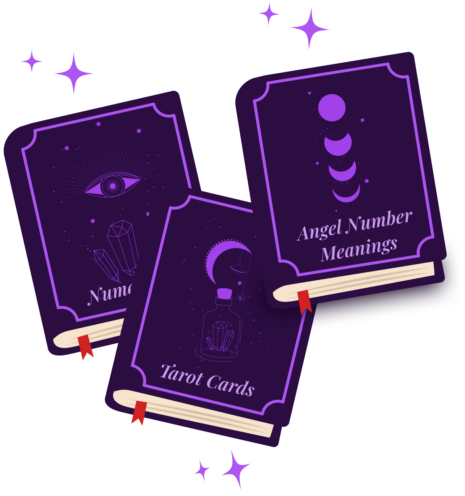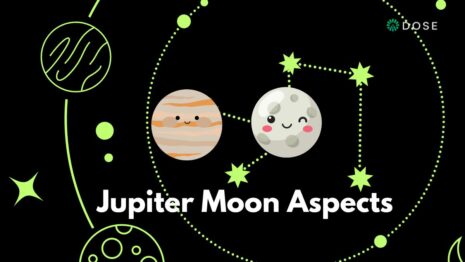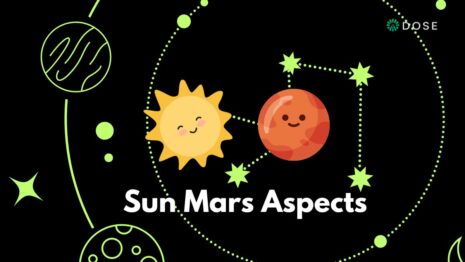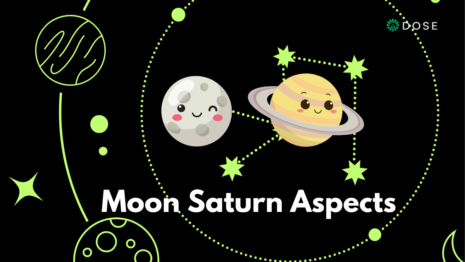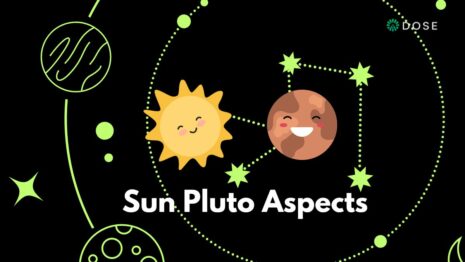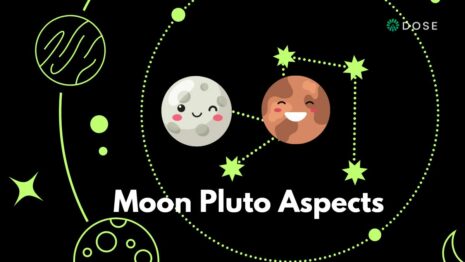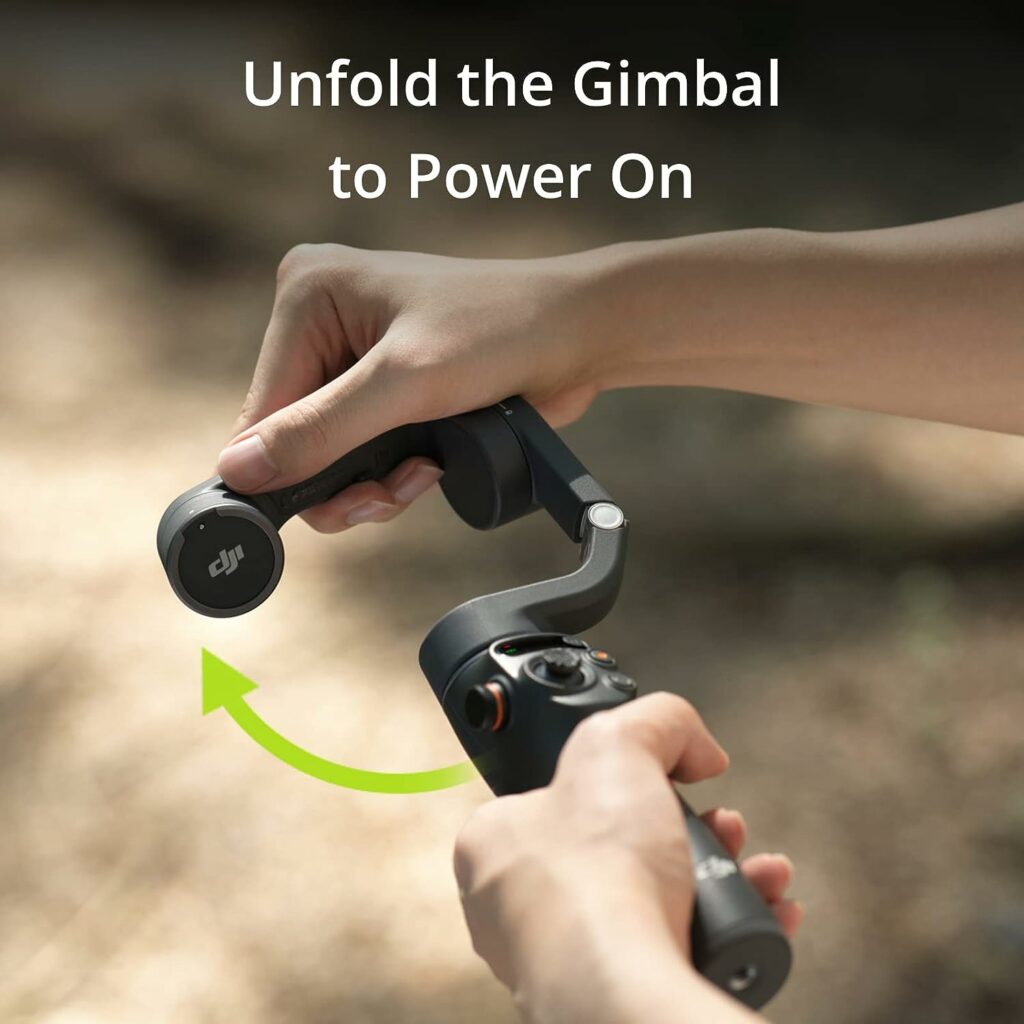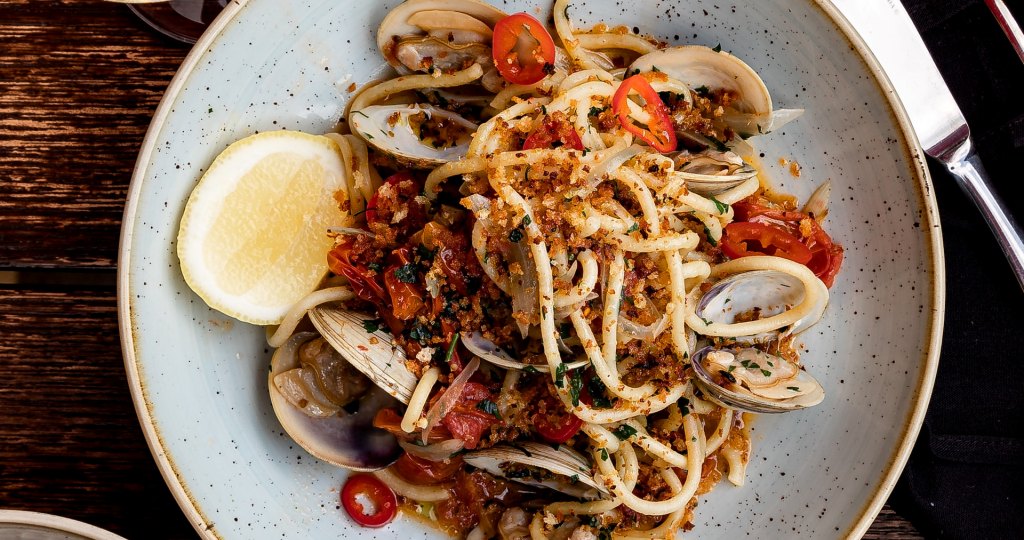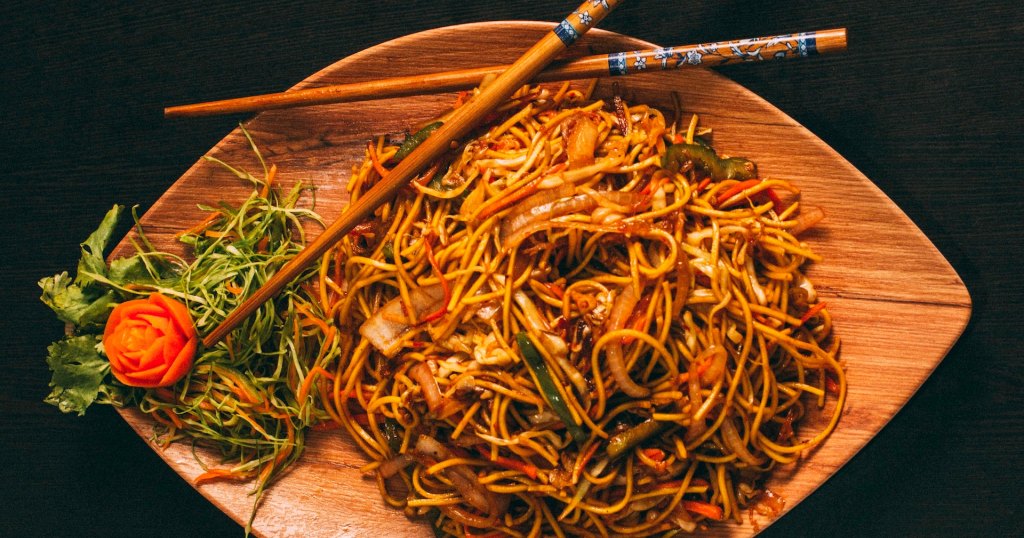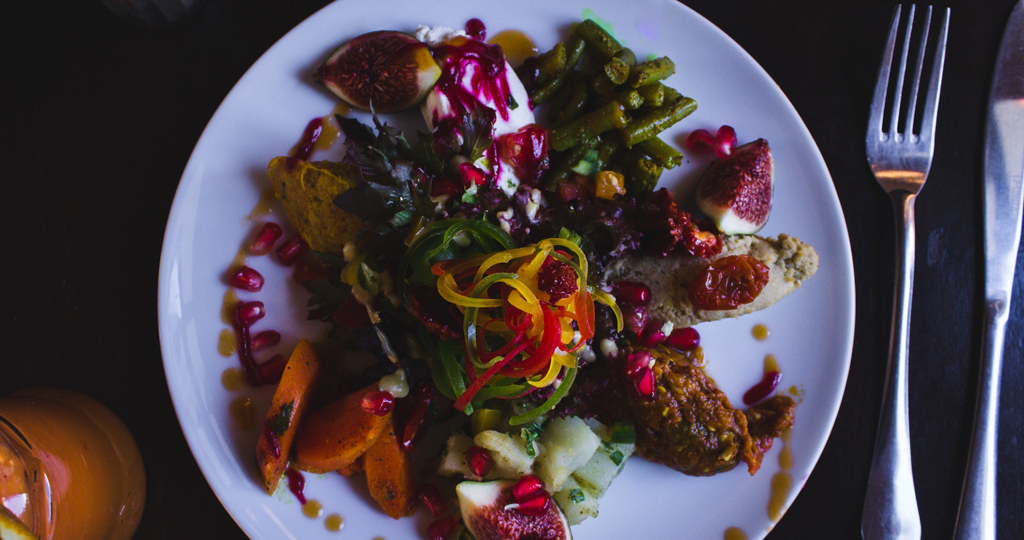Whether you prefer yours churned up into a smoothie, dehydrated and made into pills or cooked up in a stir-fry… would you eat your own placenta in the name of wellness? Charlotte explores the unusual practice that is said to boost milk production, prevent postnatal depression and give mothers a natural energy high…
It has become popular with celebrities and is far less gross than it may initially sound. It’s also supposedly incredibly good for you and an excellent source of nutrients in a time when you’re otherwise overwhelmed and exhausted.
The placenta, along with the umbilical cord, delivers nutrients to the foetus, and is delivered along with the baby during birth. It is chock-full of nutrients and hormones.
“The main claims for eating your own placenta are that it helps prevent postnatal depression and increases breast milk. There is no research to prove this but it makes sense that getting the right amount of nutrients will help with both of these. There is also the thought that eating the placenta will be a bonding experience,” says nutritionist Shona Wilkinson.
Anecdotally, many women have brilliant results with it, says Doula Carly Lewis. Carly has been working as a Placenta Remedies Provider for six years and she is also Vice Chair at Placenta Remedies Network. “Clients come to me when they are looking for an alternative to over-the-counter post-natal supplements,” she says. When women eat their placenta, “there is strong anecdotal evidence to support the idea that women feel more energetic, have an abundant milk supply, heal quickly and feel that their hormones are in balance.”
The way it works, at least with Carly, is a woman will contact her when she is nearing the end of her pregnancy. She then sends them an Information Guide, and they decide if to book her. If they do, Carly says, “when they get to 36-37 weeks pregnant I send out a chiller pack to them, containing a cool bag, freezer boards and all storage supplies to ensure their placenta is kept safe and cold from birth to when I collect. Their birth partner contacts me once the placenta is packed up and ready to be collected. I collect from hospitals, birth centres and home births.”
Carly goes on, “I then process the placenta into the remedies that they have chosen.” This is where options come in, as the client can choose from a variety of ways to take the placenta. “I am council-approved to make raw placenta smoothies, placenta capsules, placenta tincture, placenta essence, placenta homeopathy and placenta oil,” Carly says. Whatever form the client chooses, Carly returns it to them within 48 hours.
Shona suggests the best way to consume placenta is to “ideally eat it raw immediately after birth – this is to ensure that the nutrients haven’t died off. When it is steamed and made into capsules, there is some doubt on the amount of nutrients that will be left after this process. Cooking it will reduce the nutrients so if you do cook it, try steaming it or cooking it very lightly.”
There are no real cons to eating your placenta, Shona says, “although there is a very slight worry about bacterial contamination.” As for Carly: “the only downside that I can see is not enough women know about it!”
Would you actually do it though?
By Charlotte
Main image: Kirill Galkin/Shutterstock
Get your weekly DOSE fix here: SIGN UP FOR OUR NEWSLETTER
